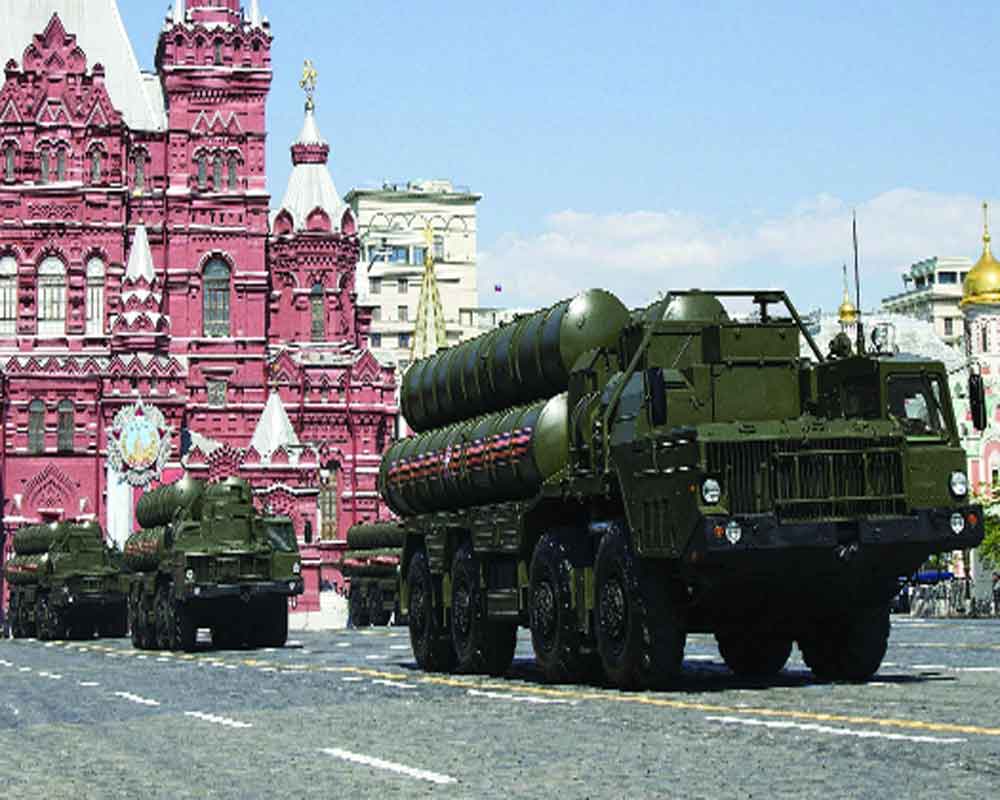India must build on its alliance network for safety and peace
As the Russian invasion in Ukraine enters the third week, pieces of a jigsaw puzzle on global power blocs are falling into place.A multipolar world order may not be the emerging scenario but rather an ‘agile need to collaborate’ will dominate the global stage. It can also be argued that the United States is winning back some of the lost ground on global influential tables, a place, many believed it had been edged away from, post the Afghanistan pull out. United States wins on the share of voice, due to its extremely deep-rooted indigenous defence industry. In the wake of the current sanctions on Russia there is a renewed call for armaments from the Pacific to the South China sea. Germany which had relied on its power of negotiations and technological capabilities has decided to pick up 35 Lockheed F 35 fighter jets from the US. This happens in the backgroundof parallel German deliberations with France to jointly develop a nuclear-bomb-carrying fighter aircraft. Japan, another ally of the US has already shed its nuclear stigma and is willing to host American weapons on its soil, although current Japanese PM, Fumio Kishida, hailing from Hiroshima, is against this kind of nuclearization. Australia,the UK and the US have already formed a block called AUKUS, whose primary aim is to equip Australia with nuclear power submarines, to place it as a strategic deterrent in the seas which China has repeatedly violated to showcase its growing dominance. China has bonded with Russia, on what it calls “close friendship without any boundaries of cooperation” and will increasingly start sharing strategic technology and equipment including defence with the Russian axis of nations. This bunch except for the two global powers (China and Russia) and many smaller nations could wield lesser muscle power due to the size of their economies. Russia is currently the world’s second largest arms exporter. Many of Russian exports in defence sector are long-standing relationships dating back to the Soviet Union.However, take a sample of the nations to which Russia exports its weapons and the big picture emerges. India is the largest importer of Russian weapons, the other countries on Russia’s list are China, UAE, Malaysia, Turkey, Algeria, Syria etc. Except for India and China, most of the nations do notclaim a hefty diplomatic and economic clout on the high tables. Sino Russian axisis increasingly starting to ring alarm bells around the globe, most of all by India. It is worth a mention that the US national security advisor Jake Sullivan has recently warned China of economicpenalties if the relationship with Russia gets too intimate during the time of war in Ukraine. The US in a way has called on China to choose its side firmly in the emerging global order.
India hasin the past decade started to warm up to the US-led global alliance of strategic partners but misgivings in New Delhi and Washington policy circuits remain. The US has not yet asked India to firmly chose its side in the ongoing crisis in Europe as perhaps India may not overtly support Russia on global platforms. Add to this, US is well aware of India’s insecurity if Russia and China emerge out as stronger allies in the revised world order. It could be an embarrassing situation for India to deter any kind of Chinese military interventions on its territory, with Russia-made weapons firing on both sides. India has tackled the situation with ample patience till now while silentlybuilding on its indigenous military equipment capabilities. However, it has to aggressively start building on its alliance network for safety and peace.
(The writer is a policy analyst. The views expressed are personal.)


























